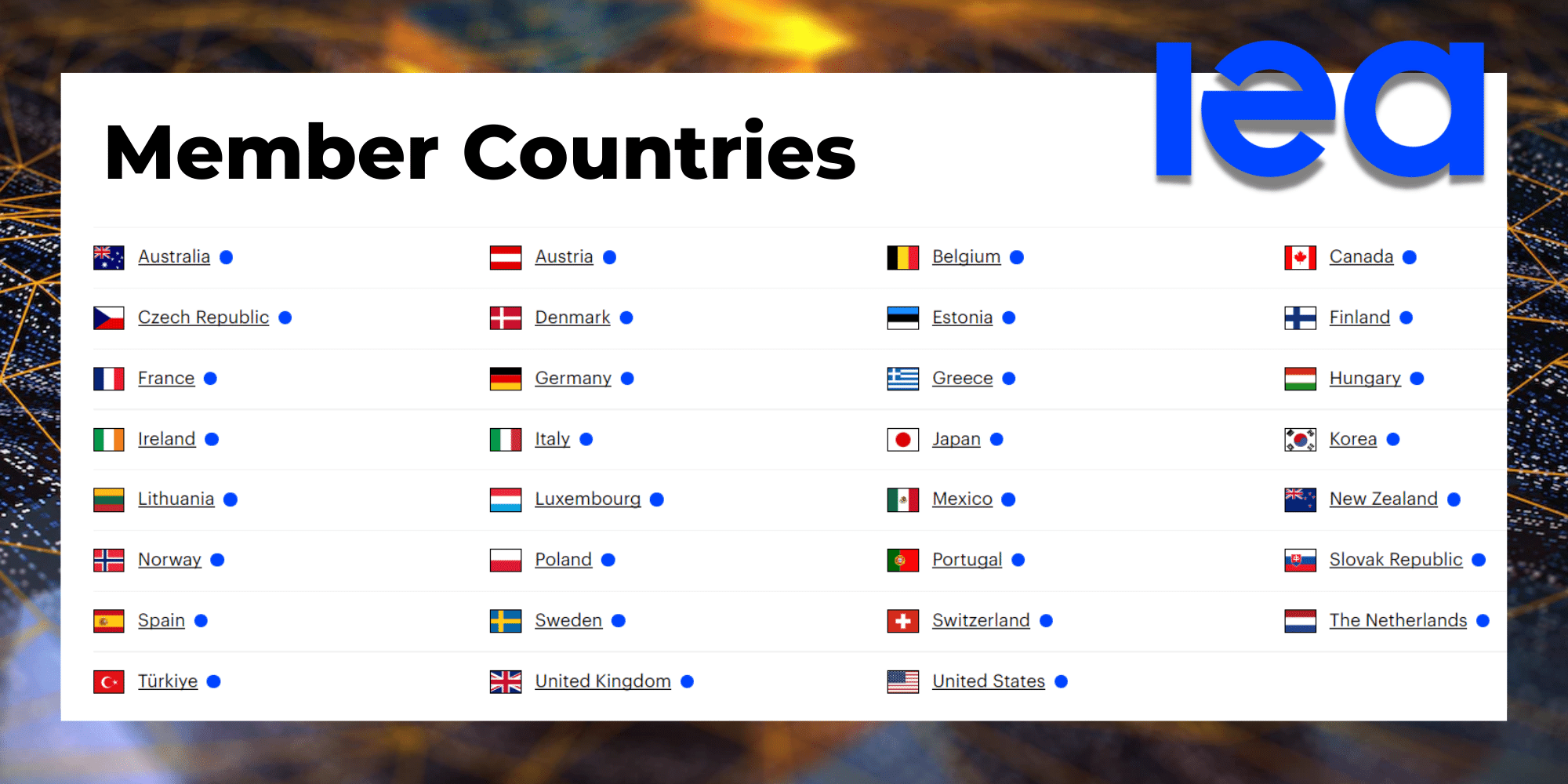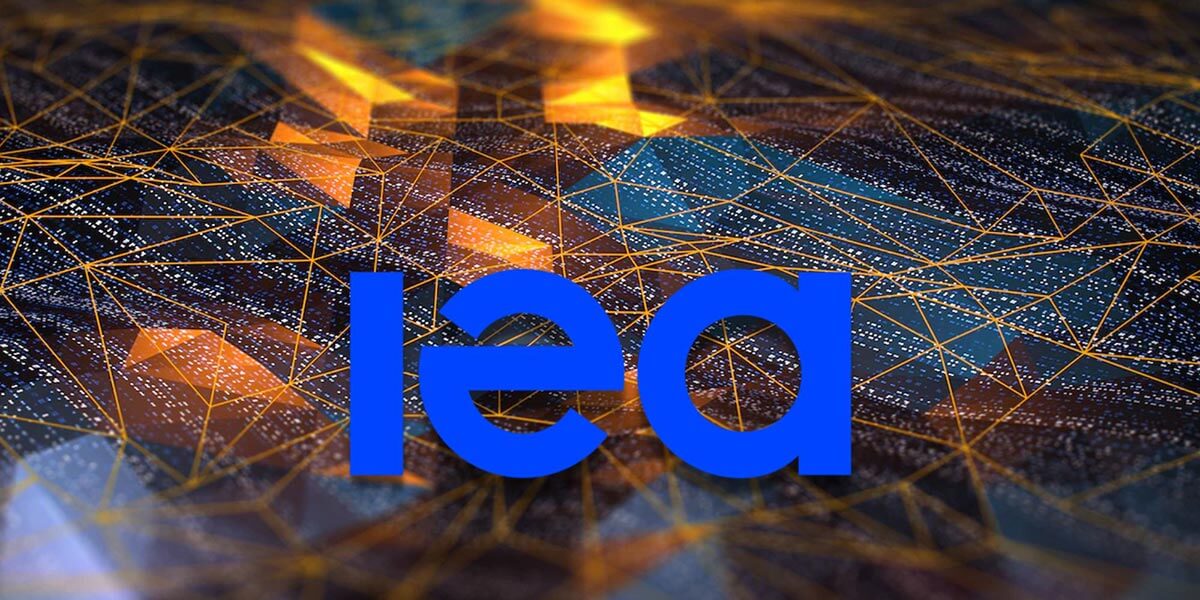The International Energy Agency (IEA) was established as an autonomous agency in 1974 by member countries of the Organization for Economic Cooperation and Development (OECD) in response to the mid-1970s oil crisis.
The intergovernmental organization includes 31 members and 11 association countries today, collectively representing nearly 75% of global energy demand.
Initially, the organization was set up under the OECD framework to respond to physical disruptions in oil supplies, provide data and statistics about the energy sector and global oil market, promote energy savings and conservation, and establish technical collaboration on innovation and research. Since its founding, the IEA has also coordinated use of the oil reserves that its members are required to hold.
The IEA’s role has expanded to cover the entire global energy system, encompassing traditional sources of fuel such as gas, and coal, as well as in more recent years cleaner and fast-growing energy sources and new technologies including renewables. This would include wind power, biofuels, solar photovoltaics, as well as nuclear power, and hydrogen, and the critical minerals needed for these technologies.
What Are The Current Core Activities Of The IEA?
The core activity of the IEA has remained central since its inception: providing policy advice to its 31 member states and 11 associated countries. This takes the form of published policy recommendations and solutions to help all countries ensure secure, affordable, and sustainable energy, as well as policy reviews, published and customized analyses, roadmaps, and detailed data on more than 150 countries.
Recently, the agency began focusing on supporting global efforts to accelerate clean energy transition, mitigate climate change, and reach net zero emissions.
Specifically, in May 2021, IEA published Net Zero by 2050: a Roadmap for the Global Energy Sector to Reach Net Zero Emissions by 2050. It introduced a Net Zero Emissions scenario with a goal of preventing global temperatures from rising above 1.5o C.
Learn Best Practices for a Strong Net Zero Strategy
In March 2022, the IEA’s Ministerial Meeting gave the agency a broader mandate to focus on the clean energy transition, with attentiveness to environmental group and company urgings to do more to support the implementation of the Paris Agreement.
The IEA Is A Hub For Data and Analyses
Broadly, the IEA serves as a hub for all energy sources and technologies, on regional and global markets, as well as specific country-level reports and studies on key technologies, minerals, and materials for the clean energy transition. It also produces comprehensive data and statistics for over 150 countries.
The IEA’s analytical work is divided into various categories including tracking, market forecasts, technical road-mapping, policy recommendations and scenario analysis.
The IEA produces analyses across three umbrella categories with numerous in each: flagship analysis (e.g., 'Global Energy Review'), topical (e.g., ‘Energy and Gender’) and programmatic (i.e., 'Electric Vehicles Initiative'). The organization also publishes regular reports, articles and commentaries on an array of topics, weaving together data, policies, trends and critical information for comprehensive viewpoints.
In addition to data and analysis, the IEA also tracks and provides access to information on past, existing or planned government policies and measures to reduce greenhouse gas emissions, improve energy efficiency, and support the development and deployment of renewables and other clean energy technologies. The database can be searched by policy categories, by country, and date, including those recently updated.
How Organizations Rely On The Work Of The IEA And Its Insights
Many companies and organizations are engaged in work related to sustainability – be it SCOPE Emissions reductions, UN SDGs, ESG, or industry-specific sustainability certifications. Establishing goals and metrics, establishing monitoring and tracking processes, and designing innovative programs relies on sound and accurate data across not only the sector, but also value and supply chains.
The work of the IEA is of critical importance for implementer and consulting firms like Resonance in delivering Sustainable Impact. It is also a good resource for companies and organizations doing work on the ground in global development and cross-sector partnerships.
The IEA can be a valuable resource, including not only its published works, analyses, policy tracking and databases, but also regular Insights across published online and in numerous newsletters.
In encouraging feedback, organizations engaged in implementation can also be valuable to the IEA in providing updated information as well, as the organization does not claim its hub to be exhaustive, and promotes opportunities for ongoing collaboration and dialogue.


